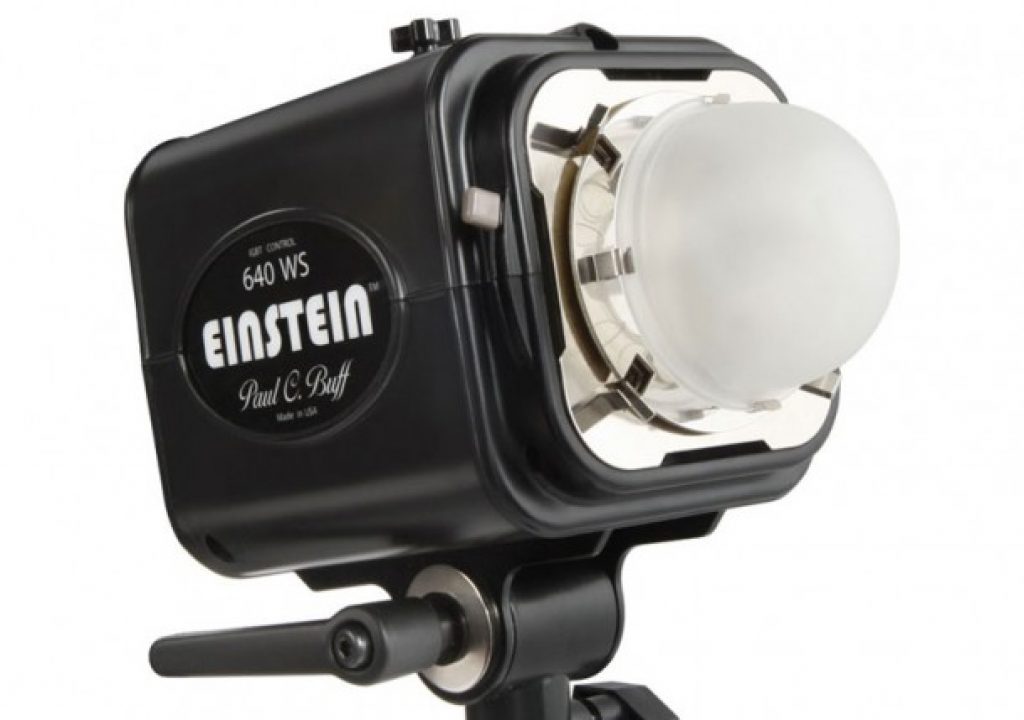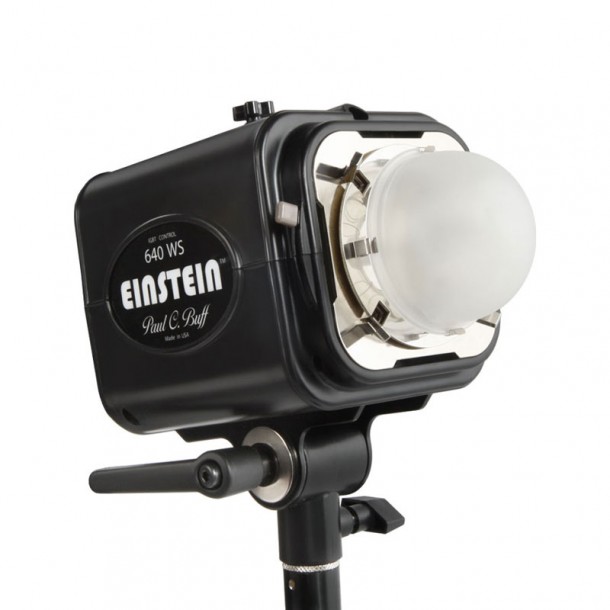
The E640 Einstein Light has been around for nearly a couple of years now and I've been using it for a year myself. It quickly became, somewhat surprisingly to myself, my strobe of choice for most jobs so I thought it's about time I told you all why.
Before I delve into the finer details of the strobe itself it's worth knowing a little bit about Paul C. Buff (the company, not necessarily the man himself). PCB was and in fact still is responsible for the popular White Lightning and Alien Bees flash units and you can think of the E640 kind of like their premium unit. The White Lightning and Alien Bees always sold incredibly well as their pricing was very wallet friendly but it held Mr Buff back in terms of the features he could implement. I guess rather than introducing what people would see as an expensive Alien Bees flash if it was branded with that name, they decided to give it a different name and so Einstein was born.
At $499 this is still by no means an expensive flash though when you compare it to the competition and I think that is something that also has a detrimental effect on peoples opinions unfortunately. When I tell people how good I think this flash is I often get the “really?' look from them. They don't need to say anything , I know what they are thinking, how can something that is half the price or less than the competition be any good ? I was of the same opinion but one day I was in a bind, I needed another large strobe for a project to compliment my Elinchrom Ranger, I didn't have any budget set aside at that time so I had to be realistic and go for a cheaper option. I picked up the E640 and the Vagabond Mini Lithium battery pack for a total cost of about $800 , I also added Pocketwizards dedicated E640 receiver for another $100. When everything arrived I was immediately impressed with the build quality of the E640, I know that early customers had issues and several rounds of upgrades were done on the units but I think they have now arrived at a solid product. The head itself is not really any bigger than my Elinchrom Ranger head but it contains a power transformer so I can actually power this directly from the mains and not only from a battery pack. It also has a comprehensive LCD menu screen that literally shows you EVERYTHING you might want to know from current flash duration to color temperature. With the Pocketwizard MC2 plugged in you can also control that on the screen as well. From a feel and build point of view the only thing that was instantly disappointing was the buttons that they chose to use, it's a small point, they work, but they feel like they came from a kids toy.
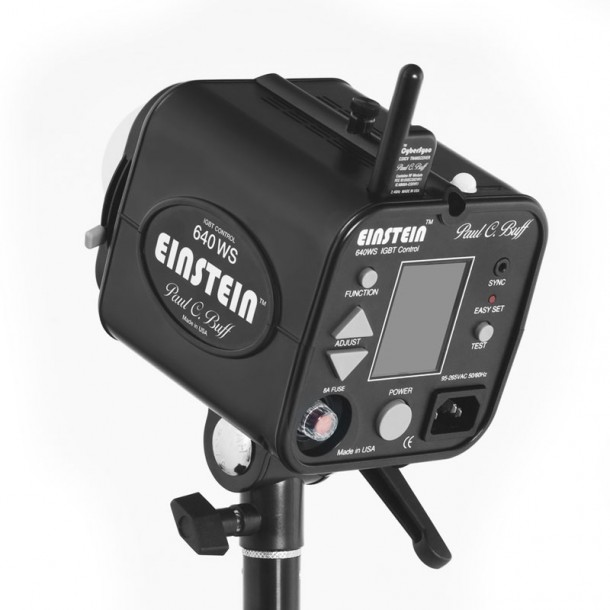
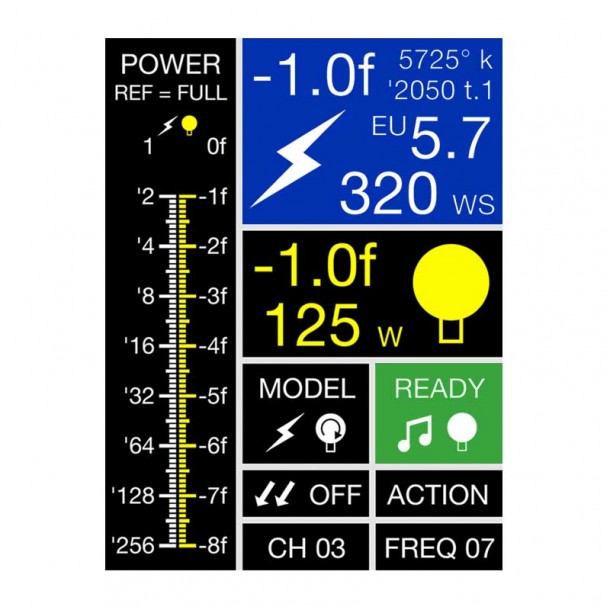
Those that follow my work will know that I do a lot of action sports work so flash duration is usually the first thing on my mind when it comes to looking at strobes. Pocketwizard threw a spanner in that system with their Hypersync functionality that allows you to sync at a fast x-sync speed but it's usually at the cost of some flash power and so far in my experience always at the cost of reliability. With many battery powered strobes the flash duration is at its fastest at full power. Lower that power and you quickly lengthen the flash pulse and that will soon cause blurring of your images. This means that with my Elinchrom Ranger I always have to shoot at, or very very close to full power. If I want to get less light on the subject I have to go 'old school' and move the flash further back and modify the spill with reflectors and grids. It can be a bit of a pain in the ass. There are systems like Profoto whose durations work the other way but Profoto is hugely expensive and as I'm constantly hearing from my colleagues, very unreliable.
As I mentioned, Hypersync gives us some new possibilities when it comes to stopping action with our flashes but here's the kick, the best flashes for Hypersyncing with have a very SLOW flash duration. Completely the opposite to what a sports photographer would always look for. My experience with Hypersync has been mixed at best, when it works it is incredible but the hardware to make it work, the Pocketwizard TT1 or TT5 are not up to scratch. In fact the TT1 is garbage in my opinion and the TT5 passable at best. Their range is extremely poor if you are used to using other Pocketwizard products. So the problem you are left with is that you don't really want to deliberately by a strobe with a slow flash duration just for using for Hypersyncing because I guarantee you that you'll come across a situation where you just can't get Hypersync to work properly when using one of those necessary transmitters. But if you pick a strobe that has a natively fast duration, it barely provides an increase from using regular Pocketwizards. For example with my Ranger I can sync at 1/320 with my Canon 1D MK4 , using Hypersync I can sometimes sporadically get it to work at 1/500 but usually at the loss of some power. Catch 22.
And this is where the Einstein comes into play. If you examine the power Vs duration curve in the graph below you will see that at full power it has a pretty slow duration of approximately 1/600 of a second. Using a regular x-sync of 1/250 or 1/320 that is simply not going to be a fast enough duration to stop any good motion occurring in an action sports photo like some of my examples below. BUT at 1/600 the duration is well into the sort of area that works very well with Hypersyncing. Long story short, with Hypersyncing the longer the duration, the easier it is to 'catch' that moment when the flash pulse is at its brightest. What I have found then is that you can get some very good results using a TT5 transmitter with Hypersync and the E640 on full power. The next thing to notice when you look at the power/duration graph is how quickly the duration decreases when you power down. Even dropping 2/3 of a stop will get your duration up to a useable point for an action image and the best thing is that on the LCD screen on the back of the E640 it will tell you your exact duration at that power. So if you do come across a situation where you can't get Hypersync to work then you can quickly switch to a regular PLUS II (or III or Multimax) transmitter and get back to regular x-sync of 1/250 but now power down slightly and use the flash pulse to stop your motion instead of the shutter, just like you would have done in the days before Hypersync. So that is how I have worked with this flash for the last year, I start at full power with the TT5 and I try to set it up using a Hypersync method, usually achieving a full sync at 1/1250 or higher. If for some reason that doesn't work, I always keep a PLUS II in my pocket so I can quickly switch over. Using the power MC2 on the E640 means that I can also remotely control the power of the Einstein right from my camera which is an added bonus! The Einstein has really been giving me the best of both worlds.
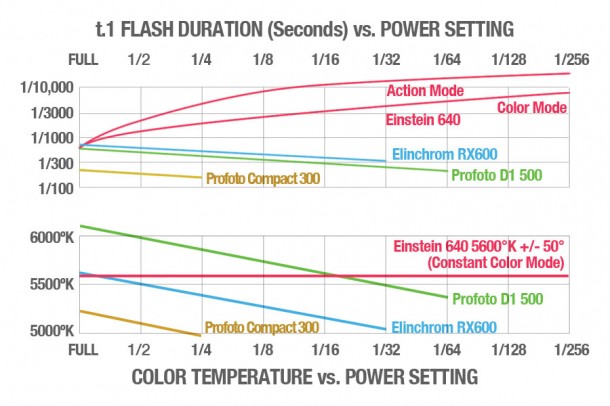
Take this image as an example. I shot this in April 2012 and the situation is one that often occurs in the mountains where the weather changes very quickly. The background is incredibly bright with puffy white clouds but the foreground and my subject, the skier and the tree are much much darker. I used the Einstein at full power and used a TT5 transmitter to trigger the flash and sync this shot at 1/1250 of a second. You could achieve this shot with a much more powerful strobe that would also allow you to lower the background exposure but such a strobe would be 4 or 5 times bigger and heavier. This shot was achieved with a strobe that I fit in my backpack along with my camera and lenses and I can ski all day with it if I have to. It allows me to have it with me 'just in case' which is something I would never do with my Elinchrom setup.


The second shot here (above) is another great example of using the same techniques, this time to shoot an advert for the biggest ski resort in the world, Whistler Blackcomb. I just needed a small amount of fill light on the skier, not much, just a tiny bit to fill in some shadows in her clothing and even the image out a little bit. I set everything us just as if I was going to shoot without a flash, with a shutter speed of 1/1500 and then simply added a little fill using the E640 on full power and the TT5 transmitter again. As you can tell, I'm pretty excited about that way of using this particular strobe.
So back to the review because I digressed a little bit there…… to be able to have this sort of control from a $500 flash is pretty incredible and I don't think I can impress upon you enough just how small this package is, even with the Vagabond Lithium battery pack. It's also worth mentioning that I have been very impressed with the quality of the accessories available through Paul C. Buff. I purchased some reflectors and grids from them that were 1/3 of the price of the Elinchrom ones and they were far far better built. In fact the grids that I purchased also fit in the Elinchrom reflector so now there is no reason to buy their overpriced ones ever again. How does Paul C. Buff manage to get quality for this price ? Simple, they control the selling of their products entirely. Their products are only available directly from them. If they were to sell to a store or distribution company then that company would mark the products up, likely in the area of 50%, so buying direct means big savings.
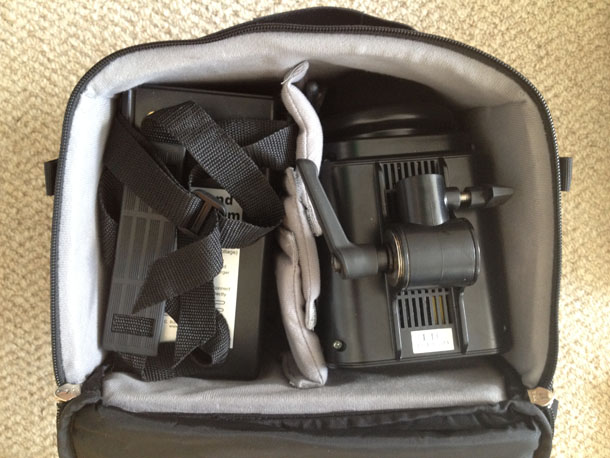
In this image you can see the small padded case that I pack the Einstein and Vagabond in. It contains the power cord as well as the battery charger and the case itself measures (18cm Depth x 29cm Wide x 20.5cm Tall) available from F-Stop.
The Vagabond Mini Lithium will give you two regular (US type) plug sockets delivering a standard 110v output. This means that you can also use it to power your laptop or chargers in the field and I know many photogs who are taking these in their carry on bags to use for extra laptop power. It will power two Einsteins simultaneously although at full power the recycle time drops to several seconds but in a pinch it is useable, especially for the things I am shooting where you just shoot one shot and then the athlete has to reset which can take a few minutes. Incredibly the Vagabond will give you between 200 and 250 full power flashes in a unit that weights only 3.5lbs. Incredible. One thing I noticed though is that lithium batteries degrade quickly in the cold, much more so that lead-acid ones to bear that in mind for winter shooting, you might want to pack an extra battery pack, which are available separately and add very little extra weight.
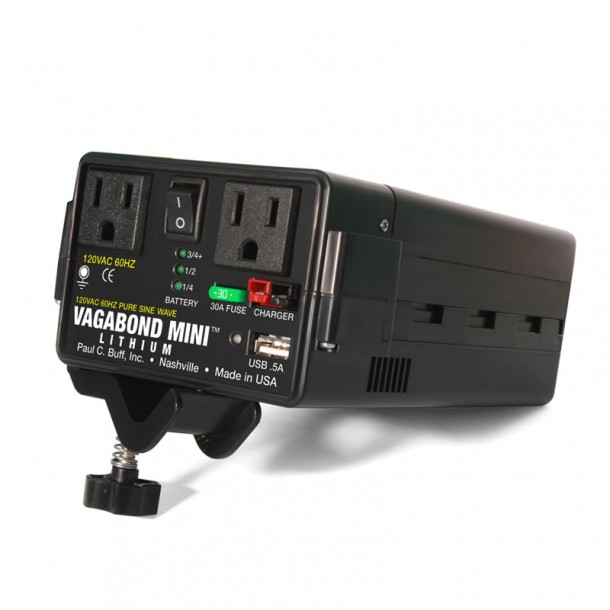
Overall then I have to highly recommend this setup. The plastic casing and vast amounts of electronics inside it obviously make is a little less durable for outdoor shooting that something like the Ranger system that I often talk about, but the weight saving and flexibility it provides for such a reasonable price far out weight any concerns I might have over durability. Wrap it up when it rains and keep it in a nice padded case and you should be just fine.
Like what you read?
- Follow Dan on Twitter: @DanCarrPhoto
- Read more of Dan's writing: ShutterMuse.com
- Get a FREE photography eBook written by Dan

Filmtools
Filmmakers go-to destination for pre-production, production & post production equipment!
Shop Now